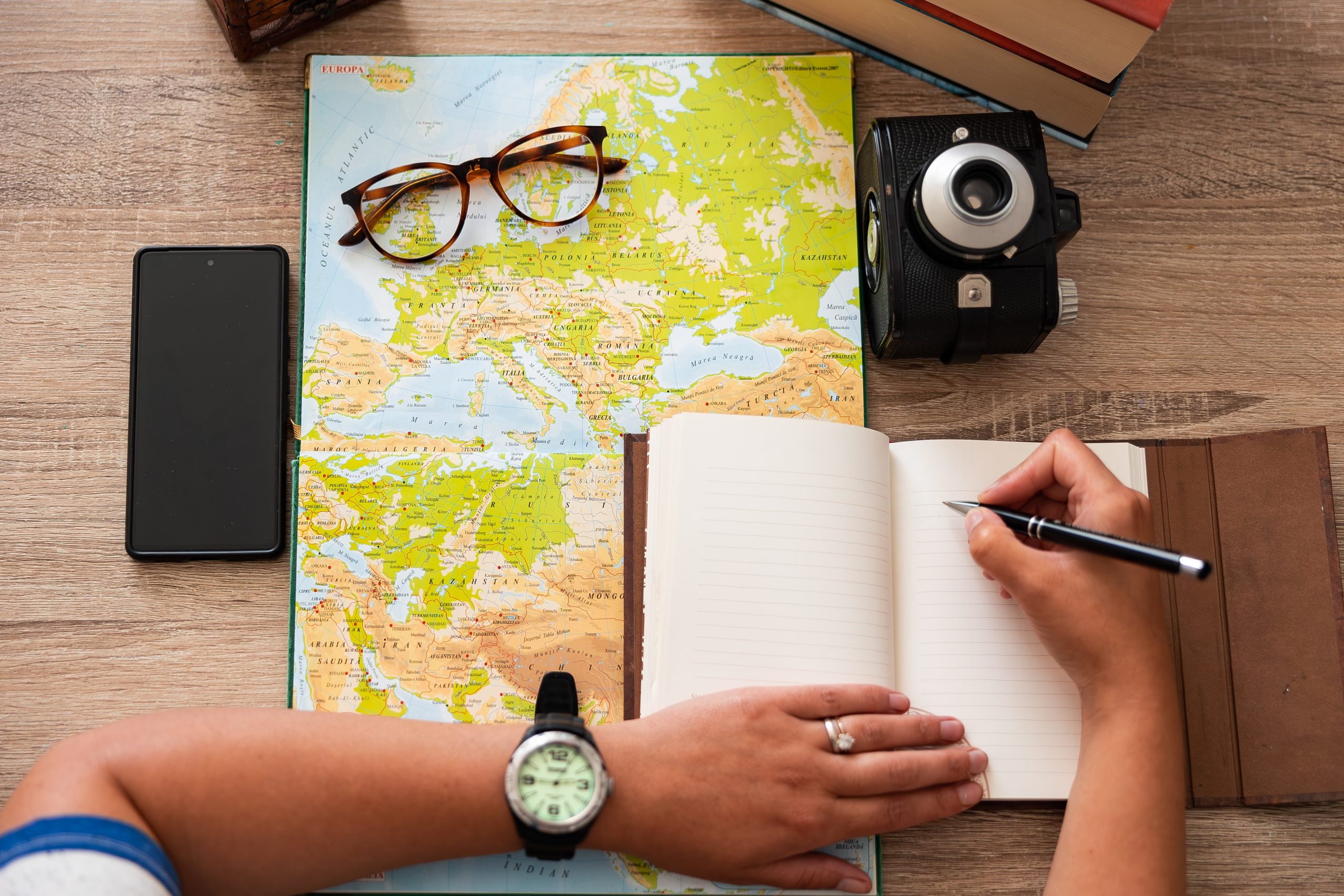Traveling can be one of the most rewarding experiences, but for those with mobility issues, it can come with extra challenges. Whether you’re dealing with chronic pain, limited mobility, or are a senior traveler, planning ahead and making the right accommodations can make all the difference. Luckily, with a little preparation and the right resources, you can explore new places comfortably and confidently. Here’s how to make traveling with mobility issues easier.
1. Plan Ahead: Research Accessibility Options
One of the best ways to ensure a smooth trip is to thoroughly research your destination and accommodations ahead of time. Many cities, airlines, and hotels now offer accessible options specifically designed for people with mobility issues. Check to see if your hotel has wheelchair access, elevators, and accessible bathrooms. When researching attractions or landmarks, verify whether they offer ramps, stair-free access, or services such as mobility scooters.
Tip: Use websites like AccessibleGO or WheelchairTravel.org, which specialize in providing information about accessible travel destinations, accommodations, and transportation options worldwide.
2. Contact Your Airline for Special Assistance
Air travel can be particularly challenging for people with mobility concerns, but most airlines offer services to make it easier. When booking your flight, notify the airline of your mobility needs. This could include requesting wheelchair assistance, early boarding, or extra space for medical equipment. Most airports also provide special assistance teams to help you navigate through check-in, security, and boarding.
Tip: Arrive at the airport early to give yourself plenty of time for assistance, and reconfirm your request for special services 48 hours before your flight to ensure everything is in place.
3. Choose the Right Travel Gear
Having the right equipment can make a world of difference when traveling with mobility issues. Consider bringing along lightweight, foldable travel aids like a walker, cane, or travel wheelchair. Many of these products are designed to be compact and easy to transport, so you don’t have to sacrifice convenience.
If you’re worried about the bulkiness of travel gear, don’t forget that most airlines will check mobility equipment like wheelchairs or scooters for free. Also, some destinations have rental services where you can borrow mobility equipment for the duration of your stay.
Tip: Pack a medical kit with any prescriptions, pain relief, or mobility accessories that you may need during your trip. Keep these items in your carry-on for easy access.
4. Take Advantage of Accessible Transportation
Whether you’re planning to use public transportation, taxis, or rent a car, look for accessible options at your destination. Many major cities offer wheelchair-accessible taxis, and ridesharing services like Uber and Lyft now have options for passengers with mobility needs. If you’re renting a car, request an accessible vehicle with hand controls or a ramp ahead of time.
Tip: In some cities, public transit systems offer discounts or even free rides to passengers with disabilities. Research the local transit system to see if these perks are available where you’re going.
5. Choose Mobility-Friendly Activities
While some travel experiences, like hiking or walking tours, may seem out of reach, there are plenty of other options that are accessible and just as exciting. Many cities now offer guided tours specifically designed for people with mobility issues, including accessible walking tours and bus tours. Cruises are another great option, as they often have excellent accessibility features and a range of onboard activities to choose from.
Tip: Call ahead or email venues to ask specific questions about accessibility features. Some places may have accommodations available but aren’t listed on their websites.
6. Pace Yourself and Take Breaks
When traveling, it’s important to listen to your body and take breaks when needed. Overexertion can lead to fatigue or flare-ups of chronic pain. Build in extra time for rest, especially during long days of sightseeing or travel. If possible, plan shorter excursions or split up activities over multiple days to avoid exhaustion.
Tip: Look for parks, cafes, or accessible rest stops where you can take a break, especially in tourist-heavy areas.
